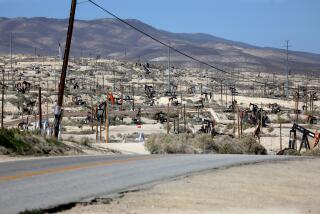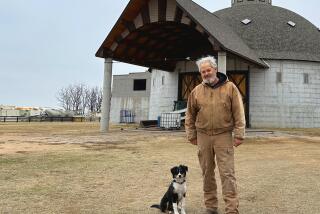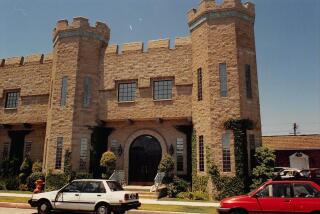Before the freeways, there was Phineas Banning.Banning,...
Before the freeways, there was Phineas Banning.
Banning, widely acknowledged as the founder of the Los Angeles Harbor and the Wilmington community, was also an accomplished driver--not of automobiles, but of horse-drawn coaches. While managing his stage and freight business in the 1860s, Banning and his horses cut trails across California, as far east as Salt Lake City, Utah, and Yuma, Ariz.
Now comes an attempt to preserve Banning’s transportation legacy in the form of a $250,000 restoration of his stagecoach barn. According to Zoe Bergquist, director of the Banning Residence Museum, it is the only coaching barn still standing in the Los Angeles area.
The 125-year-old barn on the Banning property is being shored up and its foundation stabilized to enable visitors to walk through. Previously, visitors could only peer at Banning’s 19th-Century coaches and carriages from the barn’s entryway. (The vehicles, by the way, are in storage during the restoration project.)
The project also includes the restoration of two of those vehicles--a phaeton (an open touring vehicle) and a brougham (a stylish, enclosed carriage). Although the barn houses 17 vehicles, Bergquist said the museum plans to eventually restore only six or seven--the ones that were owned by Banning, his family or their associates.
The project is being financed with a $45,000 grant from the city of Los Angeles, a $70,770 grant from the state and $230,000 in private funds raised by the Friends of Banning Park, a support group. It is expected to be completed in April, 1989.
According to Bergquist, the restored barn will be included in the museum’s guided tour and will feature exhibits on the development of transportation in Southern California and Phineas Banning’s role in it.
And that, she noted, was no small part: “The routes that he created became the freeway routes of today.”
More to Read
Sign up for The Wild
We’ll help you find the best places to hike, bike and run, as well as the perfect silent spots for meditation and yoga.
You may occasionally receive promotional content from the Los Angeles Times.






